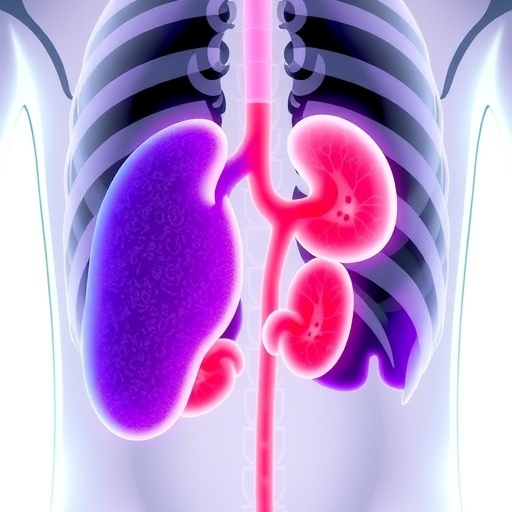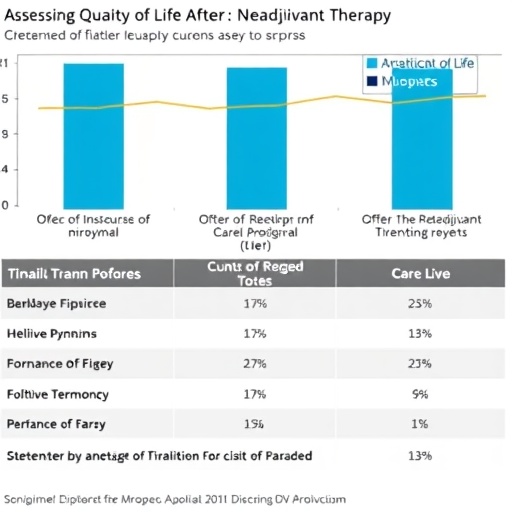Annals of Internal Medicine Tip Sheet
Below please find summaries of new articles that will be published in the next issue of Annals of Internal Medicine. The summaries are not intended to substitute for the full articles as a source of information.
- Most commonly used HIV drug worldwide not associated with increased risk for suicide in Uganda
Findings contradict previous reports that link efavirenz with an increased risk for depression and suicidal ideation
Abstract: http://annals.org/aim/article/doi/10.7326/M17-2252
URLs go live when the embargo lifts
A multinational collaboration of researchers found that efavirenz, the key component of the most commonly used HIV cocktail in the world, was not associated with increased risk for depression or suicide in patients living with HIV in Uganda. These findings conflict with previous reports from the United States and Europe linking efavirenz with adverse psychiatric side effects. The study is published in Annals of Internal Medicine.
People living with HIV require lifelong treatment with an effective, safe, and affordable drug cocktail. Because of its side-effects profile, efavirenz is no longer recommended as upfront therapy in the global north. However, due to its low cost and combination with other medicines into a single, once-daily pill, efavirenz is commonly used in Africa, where more than 25 million people are living with HIV.
Researchers sought to determine whether efavirenz caused serious psychiatric side effects in African populations. In a prospective cohort study of 694 adults with HIV in rural Uganda initiating HIV treatment, participants received either efavirenz or nevirapine, a similar HIV medicine that has not been associated with psychiatric symptoms. Subjects were followed for two years with quarterly depression screens, including questions about suicidality.
The authors found no increased risk of depression or suicidal ideation among those receiving efavirenz-based therapy versus nevirapine-based therapy (adjusted odds ratio for depression was 0.62; 95% CI, [0.40-0.96] and for suicidal ideation was 0.61, 95% CI [0.30, 1.25]) comparing those receiving efavirenz to those receiving nevirapine. These relationships were consistent across a broad range of sub-categories of subjects, including those of young and old age, those with and without a history of depression, and those of varying degrees of HIV disease control.
According to the authors, these results contribute guidance around the safety of efavirenz in sub-Saharan Africa. Although additional data are needed comparing efavirenz to newer regimens, these preliminary data on the safety of efavirenz offer some degree of reassurance for its continued use among people receiving treatment for HIV in sub-Saharan Africa.
Media contact: For an embargoed PDF, please contact Lauren Evans at [email protected]. To interview the lead authors, Jonathan l. Chang, BS and/or Mark J. Siedner MD MPH, please contact, Michael Morrison at [email protected].
- Researchers propose standard definition of 'overdiagnosis' in support of USPSTF cancer screening recommendations
Patients fear cancer and push for screening, but there is harm in too much medicine
Abstract: http://annals.org/aim/article/doi/10.7326/M18-0694
Note: B-roll and soundbites from paper author, Louise Davies, MD, MS, are available to view and download at http://www.dssimon.com/MM/ACP-overdiagnosis/.
URLs go live when the embargo lifts
Researchers have proposed a standard definition to explain the concept of "overdiagnosis" as it pertains to cancer screening. According to the authors, this concept is important to understand because too much health care can be as harmful as too little. The paper was written in support of the work of the U.S. Preventive Services Task Force (USPSTF), and is published in Annals of Internal Medicine.
Overdiagnosis is one of the harms of "too much" medicine, but the term is given many meanings in medicine and is often not well understood by either health care providers or patients. The USPSTF issues screening guidelines that target a generally healthy population, and makes recommendations about screening tests based on available evidence about how well the test prevents death or health problems from a disease.
According to the authors, they wrote their paper to support the work of the USPSTF and to promote the use of a standard definition of overdiagnosis. They explain that cancer screening can carry a risk of overdiagnosis, which is a real health threat. This is because overdiagnosis potentially exposes patients to the risks and harms of unnecessary cancer treatment without any hope of a benefit. In addition, labeling a person as having cancer can result in psychological, financial, and other harms, whether the cancer is treated or not.
The authors recommend that overdiagnosis be defined as the detection of cancer through screening that would not have been otherwise diagnosed in a person's lifetime had screening not taken place. In other words, the patient would have died of other causes before the cancer became an issue. The authors suggest that health care providers and researchers use this definition when calculating risks and when communicating with patients so that patients can make decisions about screening that match their own values and preferences.
Media contact: For an embargoed PDF, please contact Lauren Evans at [email protected]. To interview the lead author, Louise Davies, MD, MS, please contact Paige Stein at [email protected].
- Nonsurgical treatment of small tumor renal cancer may be as effective as radical nephrectomy but with fewer complications
Abstract: http://annals.org/aim/article/doi/10.7326/M17-0585
URLs go live when the embargo lifts
For some older patients with small renal cancers, percutaneous ablation may be equally as effective as radical nephrectomy, but with 5 times fewer complications. The findings are published in Annals of Internal Medicine.
Stage T1a renal cell carcinoma is under 4 cm diameter and is usually curable. Because it helps preserve kidney function, partial nephrectomy, surgical removal of the tumor, is the recommended treatment. But radical nephrectomy, or removal of the entire kidney, is still used for some patients who are not good candidates for partial nephrectomy, which is a more complex surgery. Percutaneous ablation, a newer, nonsurgical treatment in which tumor tissue is destroyed using heat or cold emanating from the tip of a needle, also has potential for treating this type of cancer. However, percutaneous ablation is recommended less strongly because of a relative lack of comparative data.
A team of researchers led from Weill Cornell Medicine reviewed data from a cancer registry linked to Medicare claims to compare renal cancer-specific and overall survival for more than 4,000 patients who had either percutaneous ablation, radical nephrectomy, or partial nephrectomy for T1a renal cancer between 2006 and 2011. They found that percutaneous ablation was associated with similar 5-year overall and cancer-specific survival compared to radical nephrectomy. At the same time, percutaneous ablation was associated with significantly lower rates of new-onset chronic renal insufficiency and 5 times fewer serious perioperative complications than radical nephrectomy. The effectiveness of percutaneous ablation compared with partial nephrectomy was somewhat less clear, but it was still associated with many fewer complications.
According to the authors, these findings strengthen those of recent institutional studies and raise the level of evidence in support of percutaneous ablation for well-selected patients over 65-years-old with small renal tumors.
Media contact: For an embargoed PDF, please contact Lauren Evans at [email protected]. To interview the lead author, Adam D. Talenfeld, please contact Jennifer Gundersen at [email protected].
- Annals publishes a collection of opinions about A1C target recommendations
Abstract: http://annals.org/aim/article/doi/10.7326/M18-1342
Abstract: http://annals.org/aim/article/doi/10.7326/M18-1471
Abstract: http://annals.org/aim/article/doi/10.7326/M18-1472
Abstract: http://annals.org/aim/article/doi/10.7326/M18-1473
Abstract: http://annals.org/aim/article/doi/10.7326/M18-1482
URLs go live when the embargo lifts
Recently, the American College of Physicians (ACP) published a guidance statement about treatment for type 2 diabetes. ACP's recommended A1C targets became a subject of debate, as doctors discussed whether were too high or just right. Annals of Internal Medicine invited physicians to submit brief commentaries for publication explaining their perspectives. These perspectives are published in the current issue.
Media contact: For an embargoed PDF, please contact Lauren Evans at [email protected]. To interview someone from the American College of Physicians, please contact Steve Majewski at [email protected].
Also new in this issue:
ESPACOMP Medication Adherence Reporting Guideline (EMERGE)
Sabina De Geest, PhD, RN; Leah L. Zullig, PhD, MPH; Jacqueline Dunbar-Jacob, PhD, RN; Remon Helmy, MSc; Dyfrig A. Hughes, MRPharmS, PhD; Ira B. Wilson, MD, PhD*; and Bernard Vrijens, PhD
Research and Reporting Methods
Abstract: http://annals.org/aim/article/doi/10.7326/M18-0543
###
Media Contact
Lauren Evans
[email protected]
215-351-2513
@ACPinternists
http://www.acponline.org




